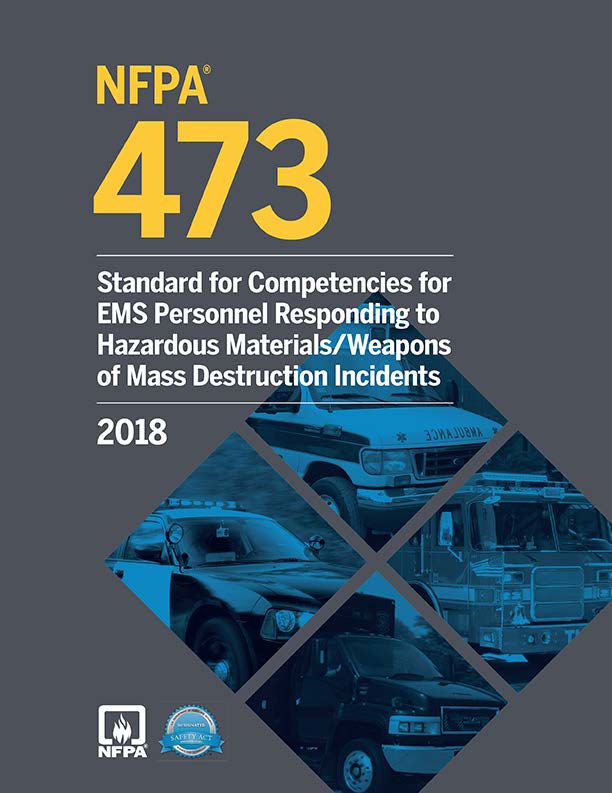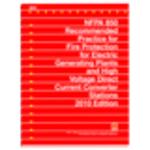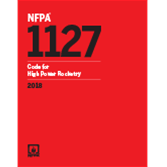Click here to purchase
Control dangers and ensure safe operation of equipment by adopting the new NFPA 87: Standard for Fluid Heaters.
NFPA 87: Standard for Fluid Heaters was originally developed as a Recommended Practice in response to requests from manufacturers, insurance companies, trade associations, and users for safety guidance for fuel-fired and electric fluid heaters. Transitioned to a Standard for the 2018 edition, it provides adoptable, enforceable requirements for fluid heaters to minimize the fire and explosion hazards that can endanger the fluid heater, the building, or personnel.
Fluid heaters are used in industrial environments to heat thermal and process fluids of all types; and the heated fluids are used in processes such as textile drying, pressboard manufacturing, gas sweetening, chemical synthesis, plastic molding, hot galvanizing, laminating, dry cleaning, and food processing.
Comprehensive coverage gives AHJs, engineers, building owners, and maintainers assurance that they’re following the latest rules for:
- Location and construction
- Heating systems
- Commissioning and operations
- Maintenance, inspection, and testing
- Heating system safety equipment and application
Updates improve safety and make NFPA 87 consistent with other NFPA® codes and standards.
- Chapter 3 includes new definitions and other changes for consistency with NFPA 86: Standard for Ovens and Furnaces.
- A new one-stop chapter addresses Class F, G, and H heaters.
- Fluid mixture changes now need to be in accordance with heater manufacturers’ recommendations, fluid manufacturers’ recommendations, or a third-party approved by the AHJ.
- Fluid type changes need to be in accordance with heater manufacturers’ recommendations or a third-party approved by the AHJ.
- New provisions in 8.2.9 require the use of two manual hardwired emergency switches — one located remotely and one located locally in reference to the fluid heater.
- Requirements in 8.5.2.5 now address the issue of false flame signal for flame sensing technologies.
- The PLC software section has been altered to now refer to the PLC logic programming instead of the general term
- Interlocks previously found in Chapter 9 have been moved to Chapter 8.
- Chapter 9 now allows secondary catch/storage tanks and safety PLC requirements have been aligned with NFPA 86.
- A new requirement addresses blanket gas low-pressure proving devices.
Product Details
- Published:
- 08/21/2017
- ISBN(s):
- 9781455916733
- ANSI:
- ANSI Approved
- Number of Pages:
- 53


